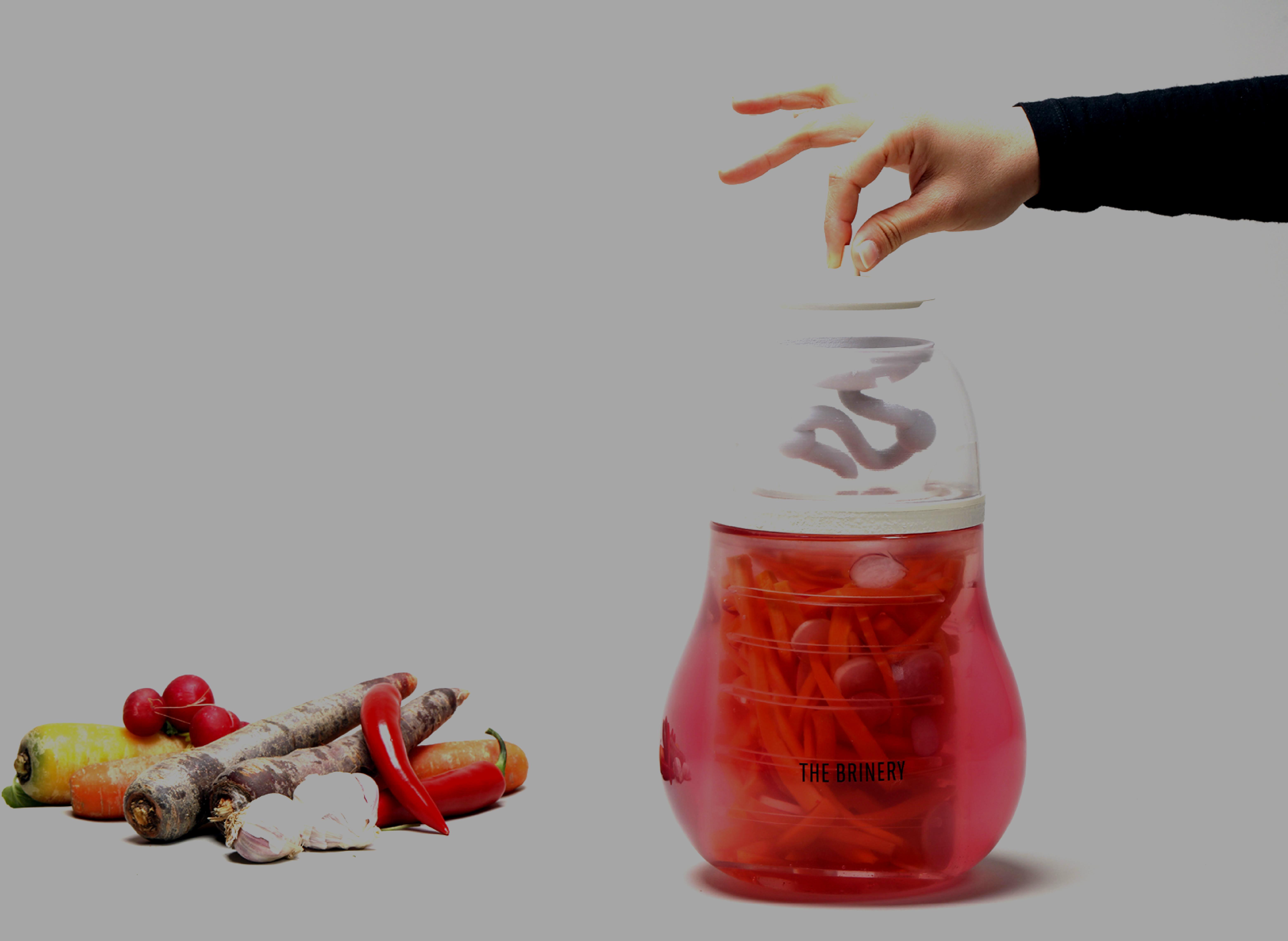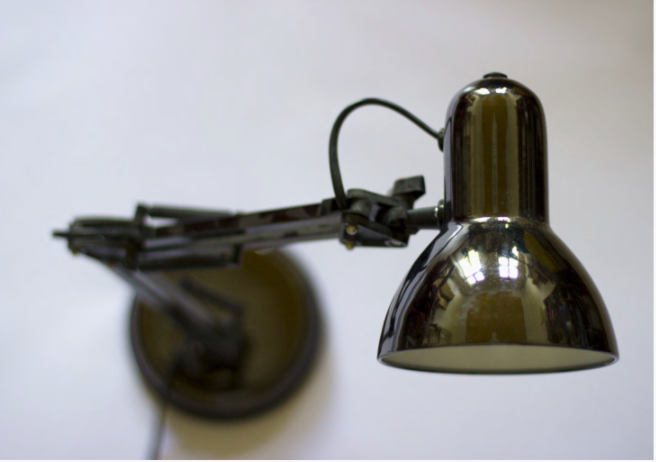

The Hangar Exhibition at Amman Design Week 2017 features designers from the region who have worked in product design in many forms. While some tackle issues of problem solving for the disabled and elderly, others have worked in products for the household, lighting design, textiles, and kitchenware.
Designer Nadeen Dihmes's piece celebrates the eight circles of Amman, which have become iconic landmarks that define the everyday movements of its people. As significant elements of the city’s expansion, movement and growth, the circles are designed to be the destination. Symbolized by their unique skylines and reflecting true land elevation, the eight circles are collocated; vertically, simultaneously.

Nadeen Dihmes is an architect based in Amman who has an unwavering passion for experimentation, particularly when it comes to different media like photography, digital and physical model making, and music. She draws inspiration from anything that fuels her imagination, including architecture, photographs, random conversations and her everyday life in Amman, which was the inspiration for her work ‘Amman Moving in Eight Circles’.
nadeendihmes.com | IG: @nadeendihmes
In Doi is a creative product design studio based in Jordan, founded by Laith Al Essi and Tahrid-Alina Al Smairat; a husband and wife team that share a passion for design. They have been working with Sahel Al Hiyari for over ten years, this along with their multidisciplinary skills ranging from dance, to music, to photography, to visual art, has given them a unique perspective.

In Doi collaborates with talented craftsmen, to design and locally produce pieces that are functional, innovative, and visually captivating. Their exhibited collection joins traditional Jordanian craftsmanship with cutting-edge fabrication processes, reinterpreting local techniques in a modern framework.

Rasha Dakkak, a designer with a background in visual communication, graphic design, and iconic research, presents “Reinterpreting Ritual Aesthetics” at Amman Design Week 2017. The piece represents an ongoing attempt to distinguish between living tradition and hollow convention, a fundamental confusion that remains prevalent in the region with regards to the veneration of tradition. With the expansion of consumer culture and the emergence of definitions such as “fashionable” based on people’s consumption patterns, the prayer mat has become a culture collectible and not only a component of Salāh. In 'Sajjadah 01', a calligraphic image-text is employed inspiring contemplation of its display by shifting across semiotic registers, challenging the resistance against the use of lettering as a motif.

Jelka Kretzschmar, a Berlin based freelance designer, researcher and art director working in the fields of graphic design, human-machine-interaction, experience design, moving image, activism and making and prototyping has created an expressive exploration of the relationship between humanity and technology in her piece “Paravocal Landscape”.

The object itself appears like a passive desk lamp, yet through transformation, is enabled to respond to activity and physical movement – transformed to an interactive speaker, its purpose is severely changed into an active element of conversation. Its ability to follow the visitor through its’ moving head and arm and broadcast of sounds towards him/her, the attention is put on the visitor, whether it’s wanted or not, and forces the spectator on stage.
Katia El Tal is a sculptor and founder of Nuwa Creations, a series of practical everyday designs that are pure in color and line. Katia’s piece, “98f,” is a sound amplifier made of laser-cut layers of different materials to form a horn-like structure within the simple cube. Through a manual mechanism that generates a rotational movement, it amplifies a smartphone's sound naturally without the need of an external power source. You can see more of Nuwa Creations’ work at Wadi Finan Art Gallery during Amman Design Week.

Bassam Huneidi is a designer with a background in innovation strategy and mechanical engineering. Bassam collaborated with a multicultural team of designers from Imperial College London and the Royal College of Art to develop 'The Brinery', a project that explores and questions common practices in industrial agriculture and food production, highlighting the benefits of fermentation on human health and the environment.

Fermentation diversifies the bacteria in the gut, resulting in a stronger immune system, alleviating food waste, and empowering food creativity. Some of the most distinct and unique tastes are a product of fermentation – think pickles, sauces, salsas and juices.

‘The Brinery’ is an at-home vessel that makes the fermentation process much simpler and more attractive to contemporary consumers.

